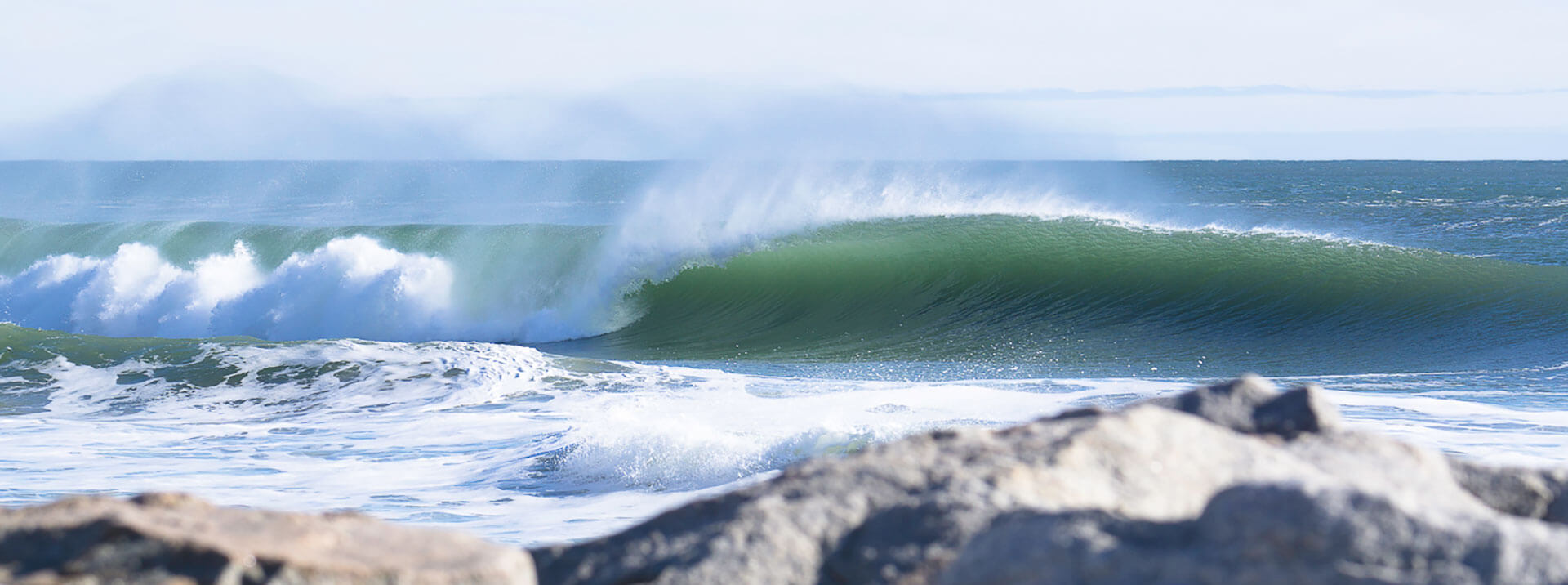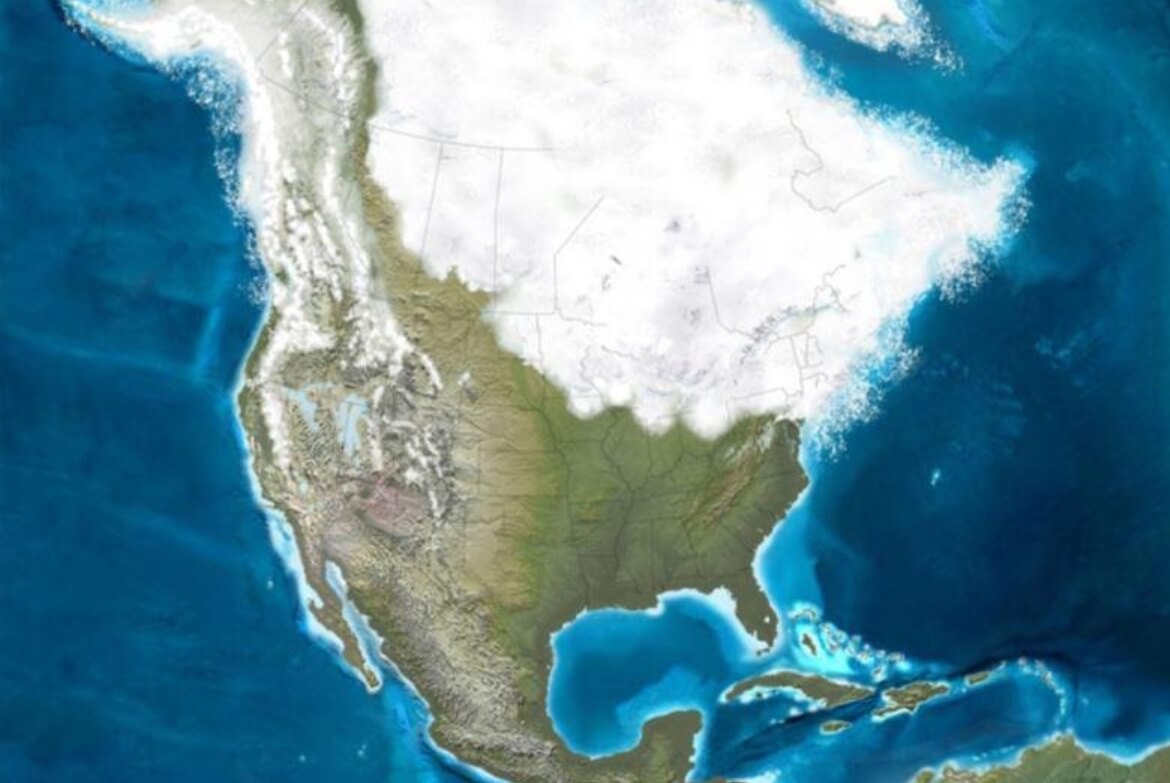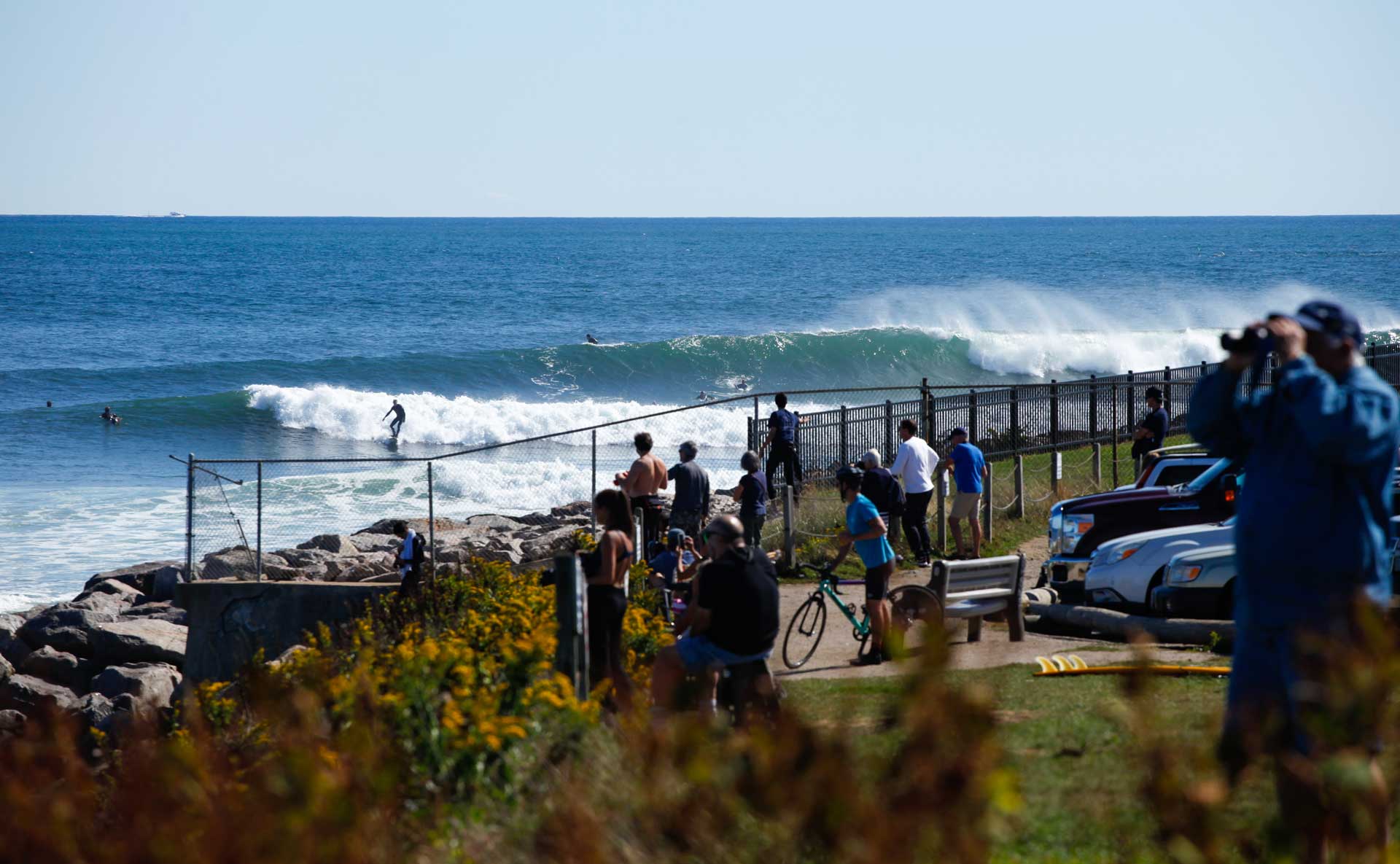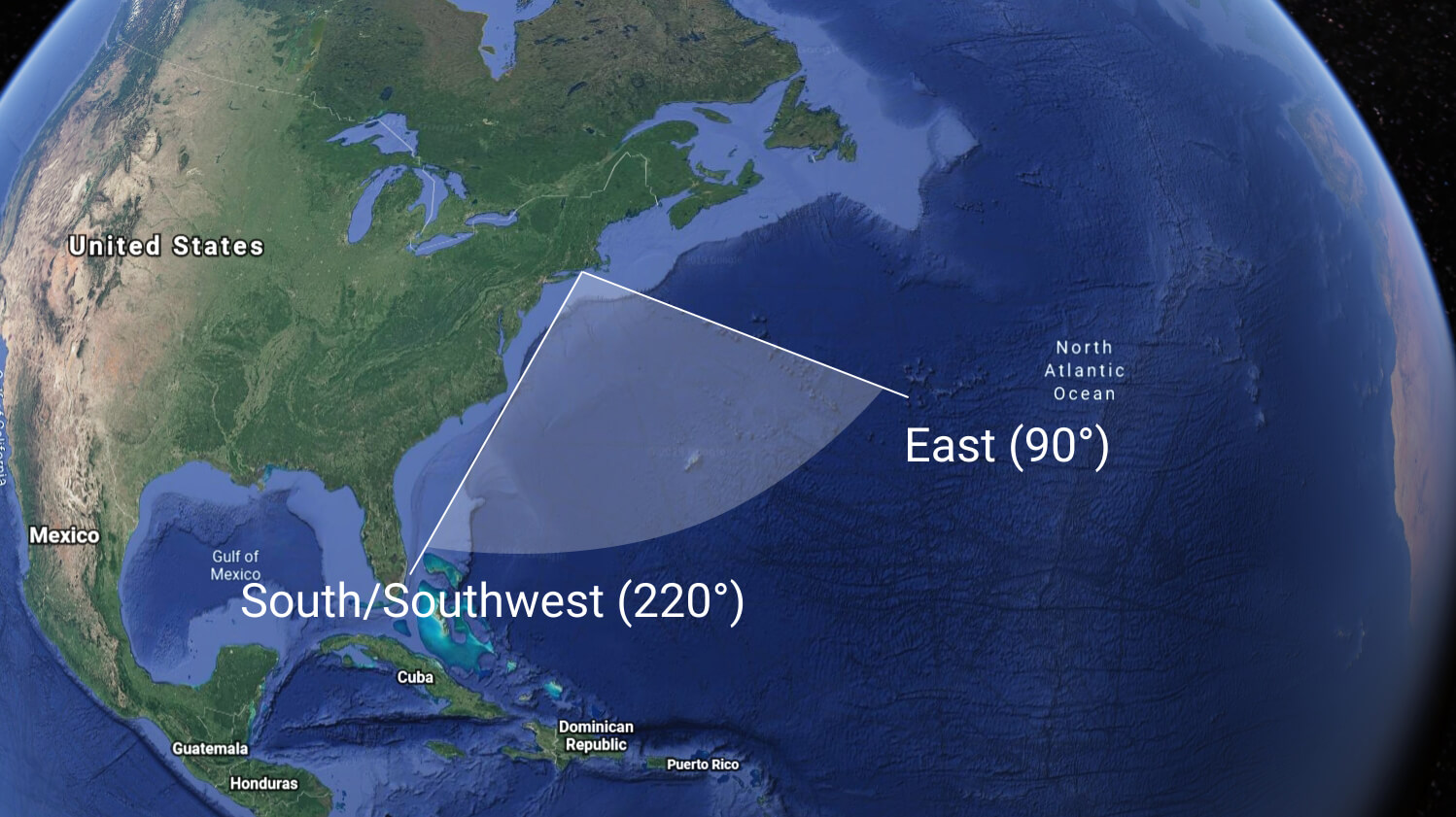
THE OCEAN STATE
Rhode Island is a truly unique place to surf....
Within our 400 + miles of coastline there are several quality waves to choose from. From peaky beach breaks and slabs, to rocky left and right hand point breaks - Rhode Island truly has it all. And with that variability in wave types, comes huge variability in water temperatures.
Rhode Island is one of the few places in the world with water temps that can go from 75 degrees in the summer months to 35 degrees in he winter. That's a 40 degree + swing in just 6 months! For that reason, surfer's in Rhode Island show a type of commitment to the sport of surfing that is unmatched.
Narragansett Bay splits the state in two and (with the help of glaciation) carved out the unique shape of our small state. The coastline is jagged and irregular, allowing Rhody to have a broad swell window. Swell can come in anywhere from southwest to straight east and there will be somewhere to surf.
Warm Winds is located in the town of Narragansett along the southern coast of Rhode Island - the hub for surfing in New England.

NARRAGANSETT SURF CAM
Wondering what the waves are looking like in Narragansett, Rhode Island? Or maybe you want to watch the boats go by while your at work? Either way - Enjoy our free HD surf cam by clicking the link below!

RHODE ISLAND SURF REPORT
We want to help you score some fun surf in RI! The ocean is constantly changing day-to-day and hour-by-hour. We take out some the guesswork with our Rhode Island focused surf reports and forecasts.
A (Brief) Rundown on Surfing in Rhode Island
To us - Rhode Island surfing means throwing on a wetsuit and navigating our way around the rocks to a (relatively) uncrowded lineup. Sure water temperatures can get cold, conditions can be hit or miss, and we spend a small fortune on ding repair from our encounters with the rocks. We wouldn’t have it any other way.
Surfing in Rhode Island was slow to take off as the sport started to grow in popularity in the 60s and 70s. Surfing was becoming huge in California and Hawaii, but cold water temperatures kept most people out of the water in Rhode Island. There were no winter wetsuits during that time - and if you wanted to paddle out on a good day in January you would be forced to wear a heavy, inflexible dry suit. But that didn’t keep the people who were truly passionate about the sport out of the water. Both Tom and Sue Hogan were in the water every chance they got through the 60s and 70s, regardless of water temps and heavy suits.
Luckily for us neoprene has come a long way, and nowadays you will almost always see surfers in the water in Rhode Island any time the waves get above ankle high and winds are blowing offshore.
Rhode Island's Coastline
Rhode Island is one of the few coastal states that were (in part) shaped by glaciers, a process that helped to carve out a very unique coastline. This movement of glaciers occurred over Rhode Island during the Pleistocene Epoch (about 1.8 million - 10,000 years ago). The Laurentide glacier carved out what is now Narragansett bay, created Block Island, and left several other glacial features as proof along the way.

Why do surfer’s care about this stuff???
Because glacial geology is what formed our favorite breaks - and the waves we surf are directly affected by the seafloor bottom that was left as the glaciers retreated. Take Matunuck for example, which consists of a cobble stone bottom that was deposited by the last glaciers.
Having an understanding of what's under us when we are surfing helps us make the most out of the waves we surf. Next flat summer day, take a swim with some goggles and check out your favorite surf spot.
Rhode Island sits on a broad continental shelf that extends about 100 nautical miles to the south of RI and affects incoming swell. This gently sloping shelf slows the swell generated from distant storms as they move towards coast, decreasing the swells energy and slowing it down. Since the water along the shelf is not as deep as open ocean, the swell “feels” the bottom before making it to the coast causing it to lose some energy along the way.
On the opposite end of the spectrum would be Hawaii which sits in the middle of the Pacific ocean. Swell moving towards the Aloha State travel through deep water until they slam into the shores of Hawaii - therefore not losing much energy before they explode on the reef.
Rhode Island’s coastline varies greatly in depth and bottom features, which directly affect the way that waves come in and break from spot to spot. There are some spots that are super exposed and tend to break on any swell, and some that might only break once every 5 years on that perfectly lined up hurricane swell.
Rhode Island Winds
In surfing, onshore (and sometimes cross shore) winds can completely ruin the conditions - making the waves almost unsurfable. Luckily we have many nooks and crannies around RI that will handle almost any wind direction… you just need to know where to look. This makes Rhode Island different than many other coastal states, that have surf spots that face mostly the same direction.
Rhode Island lies in the "prevailing westerlies", a belt of generally eastward moving air. Ideal winds for Rhode Island are either out of the north or northwest. Realistically the only winds that are no good for Rhode Island, meaning almost no spots are working, are strong southeast winds. Thankfully we don't see these too often, and if we do, it's for a short duration.
The below image is what Rhode Island looks like when swell direction, winds, and tides all line up...

Rhode Island Tides
The tides in Rhode Island are semi-diurnal, meaning that there are two tidal cycles per day - with one cycle being one high tide and one low tide.
Many of our best surf spots in Rhode Island are super tide dependent. The same break could change from knee high to head high on one tide change. Keep an eye on the charts and time your sessions in Rhode Island wisely - of course this takes some local knowledge and years of practice.
As a general rule of thumb - most spots will work on a mid-incoming tide. High tide often floods many of our favorite spots with too much moving water when the surf is up, fattening up the wave and slowing things down.
Rhode Island's Swell Window
The unique shape of Rhode Island’s coastline opens up a wide swell window - allowing Rhode Island to see swell from more directions than most other east coast states.

As you can see above, Rhode Island can accept swell anywhere from straight East (around 90-100 degrees) to South/southwest (around 220 degrees). This does not mean that every spot will be working on any of these swells, as some are more sheltered from swell directions than others.
Rhode Islands swell window is ideal for approaching Hurricanes in the fall, low pressure systems moving offshore from the southeast US, and famous winter Nor'easter storms that push towards the coast.
Rhode Island does not, unfortunately, get swell from systems that move north of Cape Cod, Massachusetts. Typically when this happens the swell will be anywhere from E to NE, and will be blocked the Islands off the coast of Massachusetts. This is what is called a swell shadow.
Similarly, if a swell has too much west in it (say between 220 degrees and 270 degrees), Rhode Island will see a very limited amount of surf. These systems are usually short lived anyhow since they likely formed of the coast of New York, and quickly move out to sea.
Keep this info in mind for the next time you plan to surf in Rhode Island! As always - scope out out Surf Report/Outlook page to know exactly what to expect for conditions. Updated daily!
Interested in Learning More or Diving Deeper?
Stay tuned for breakdown of what type of swells and weather patterns to expect per season in Rhode Island.
Want to learn more about reading surf reports?
Get yourself into better waves in Rhode Island with these helpful tips!